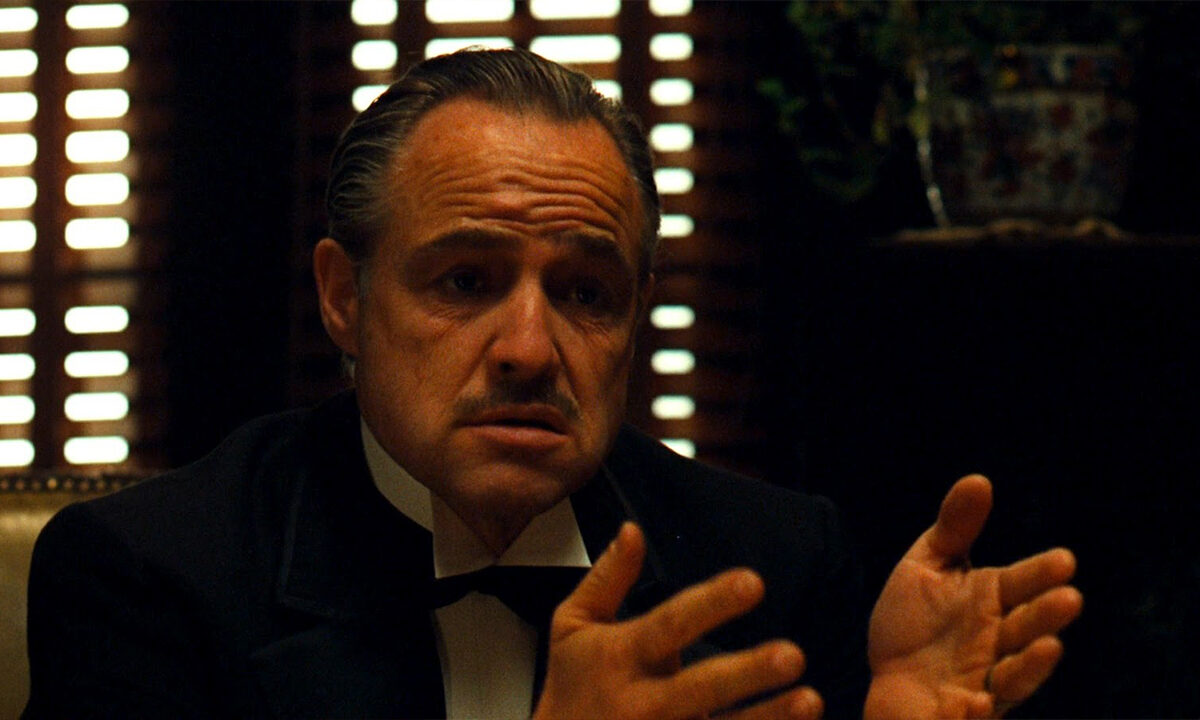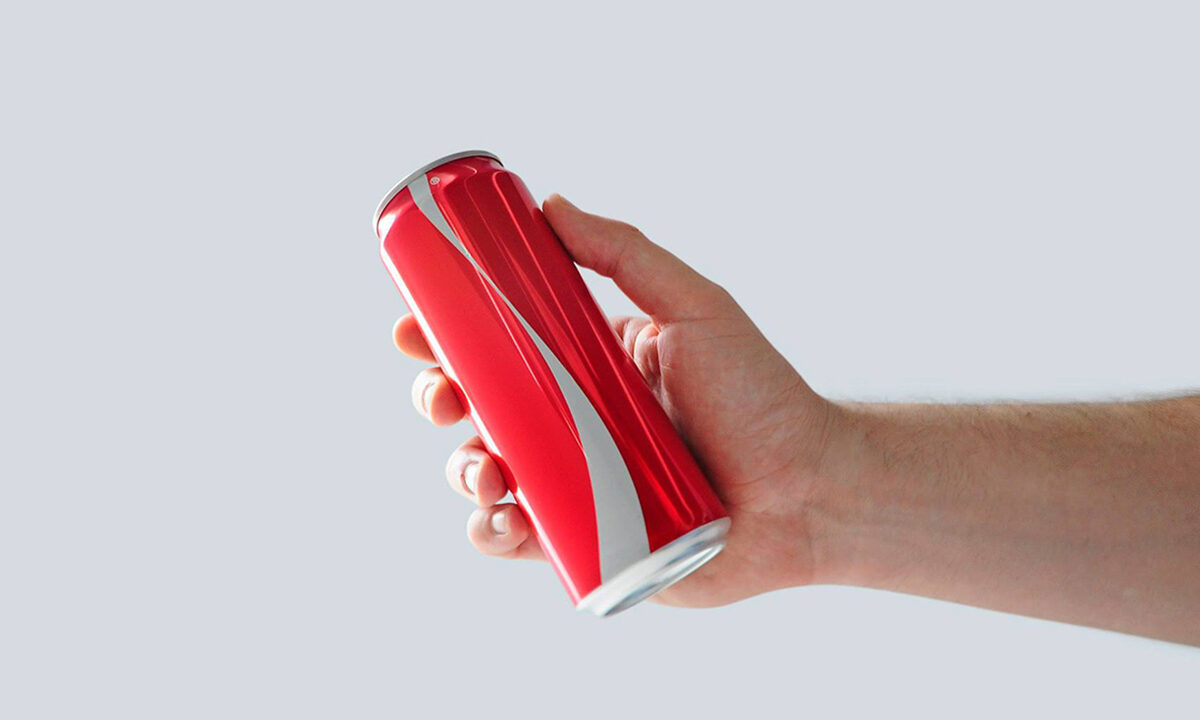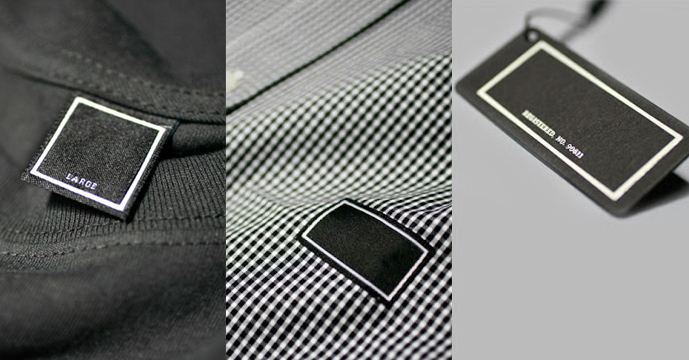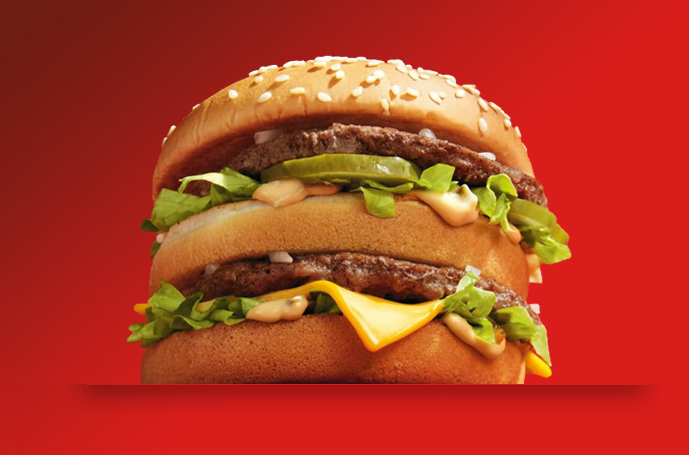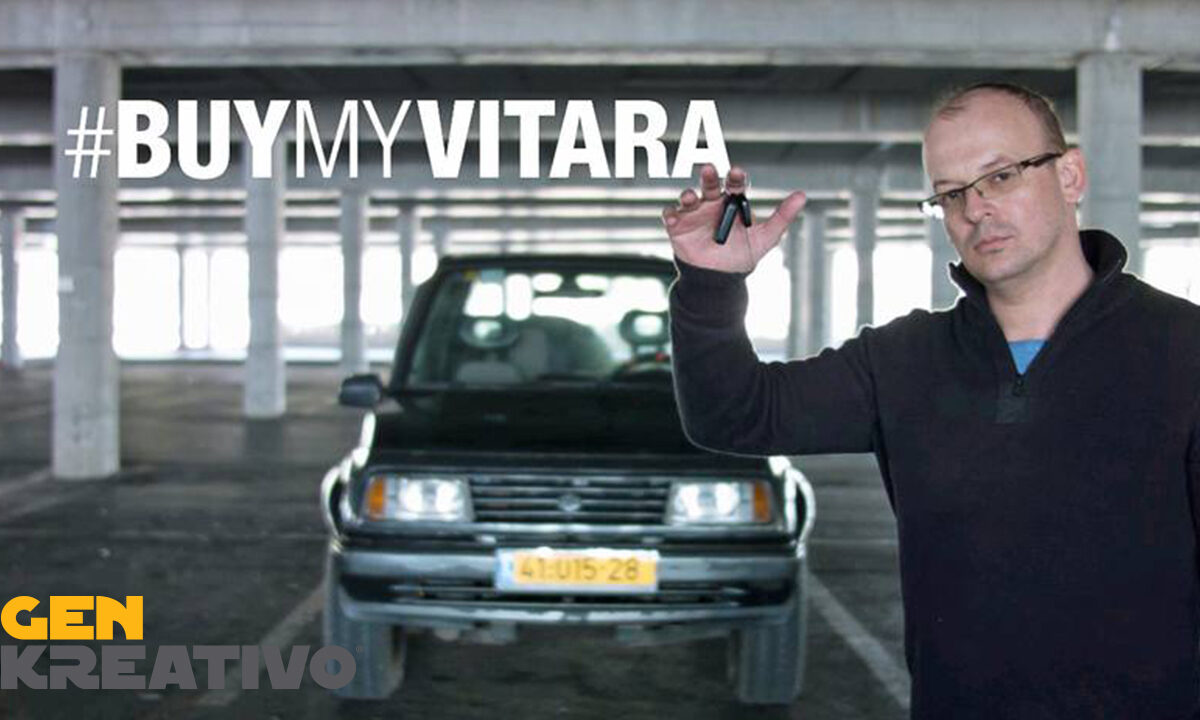IT IS NOT PERSONAL, IT’S ONLY BUSINESS. MYTHICAL PHRASE THAT HAS RESONED IN OUR LIVES SINCE THE PRONUNCIÓ TO THE PACINO, INTERPRETING CORLEONE IN (THE PADRINO)
In a way, it is something that has governed the way in which our business fabric has been formed up to now. I would say that it is one of the bases of modern capitalism, everything to grow, all because of the results. And I say until today, because it is no longer valid, what you do is personal for many.
Social responsibility has become responsible business, win to win has become win-win, and where it did not matter what you did, today there are millions of eyes watching you. In fact, this changes some of the things that have governed the construction of brands and that will define the way forward.
Many have defined and treated the Brand as that distinctive sign that differentiates you in a market, that carries your promise with you and that we activate in the points of contact that accompany our communication. This, following the analogy with Corleone, is only business.
Today the Brand is the sum of everything we do and what we do not. What we sell and what we do not What we say and what we do not. What we defend and what we do not. What our employees are and what not.
Today an employee has the same power to build and destroy our Brand, as the best television spot you can afford. Today a consumer has the same power to build and destroy our Brand, that the best billboard campaign you can afford.
Today the Brand is something personal. It is something that accompanies you, it is something that is related to you, that wants to share concerns, challenges and interests.
Today Brands have more information from us than ever, and that is Personal. Today we decide what works and what does not, and that is Personal. The Z generation, the iGen and the Millenials, already tell us that almost 70% will not tolerate those companies that do not humanize their actions, that are not responsible and that do not impact positively on our lives. These generations will not work as much for money as for shared values, these generations will not move for who you are, but for what you do.
Caring for the most human part of your Brand, your employees, your audiences, the people around you is to build a business, because there will be no Brand that survives believing that this is not Personal.




